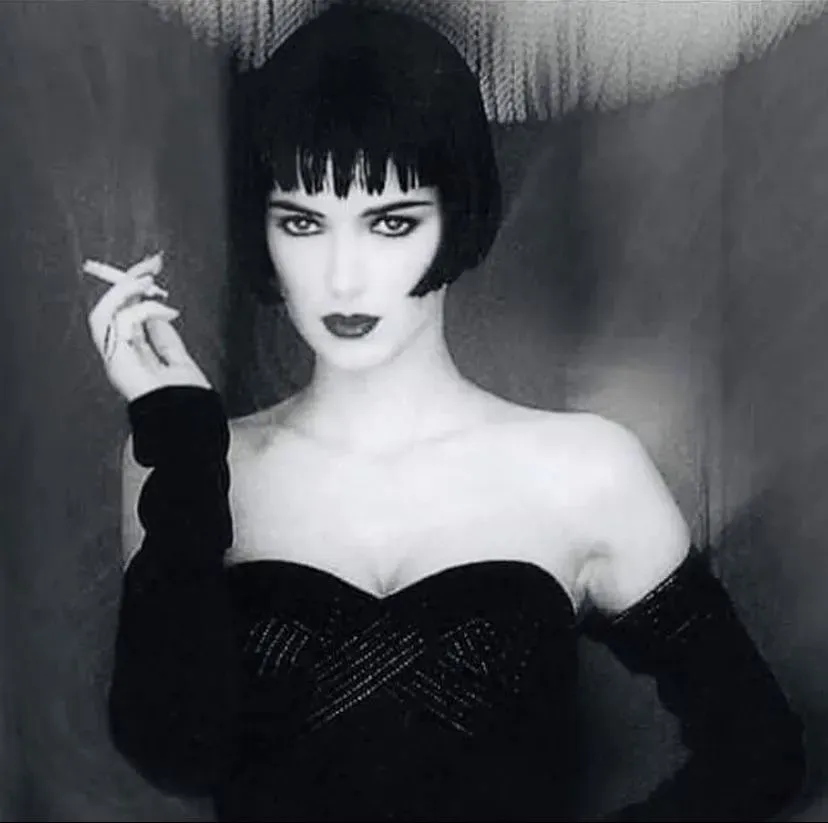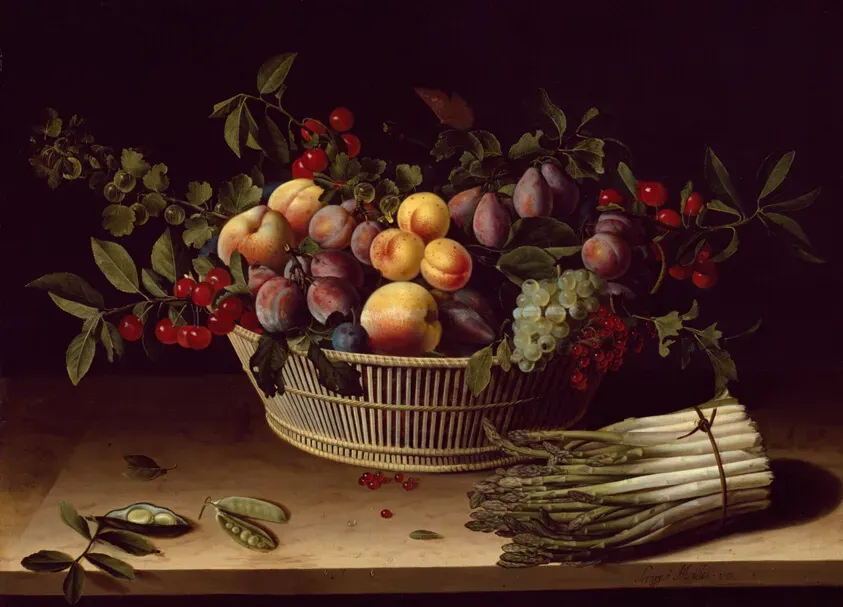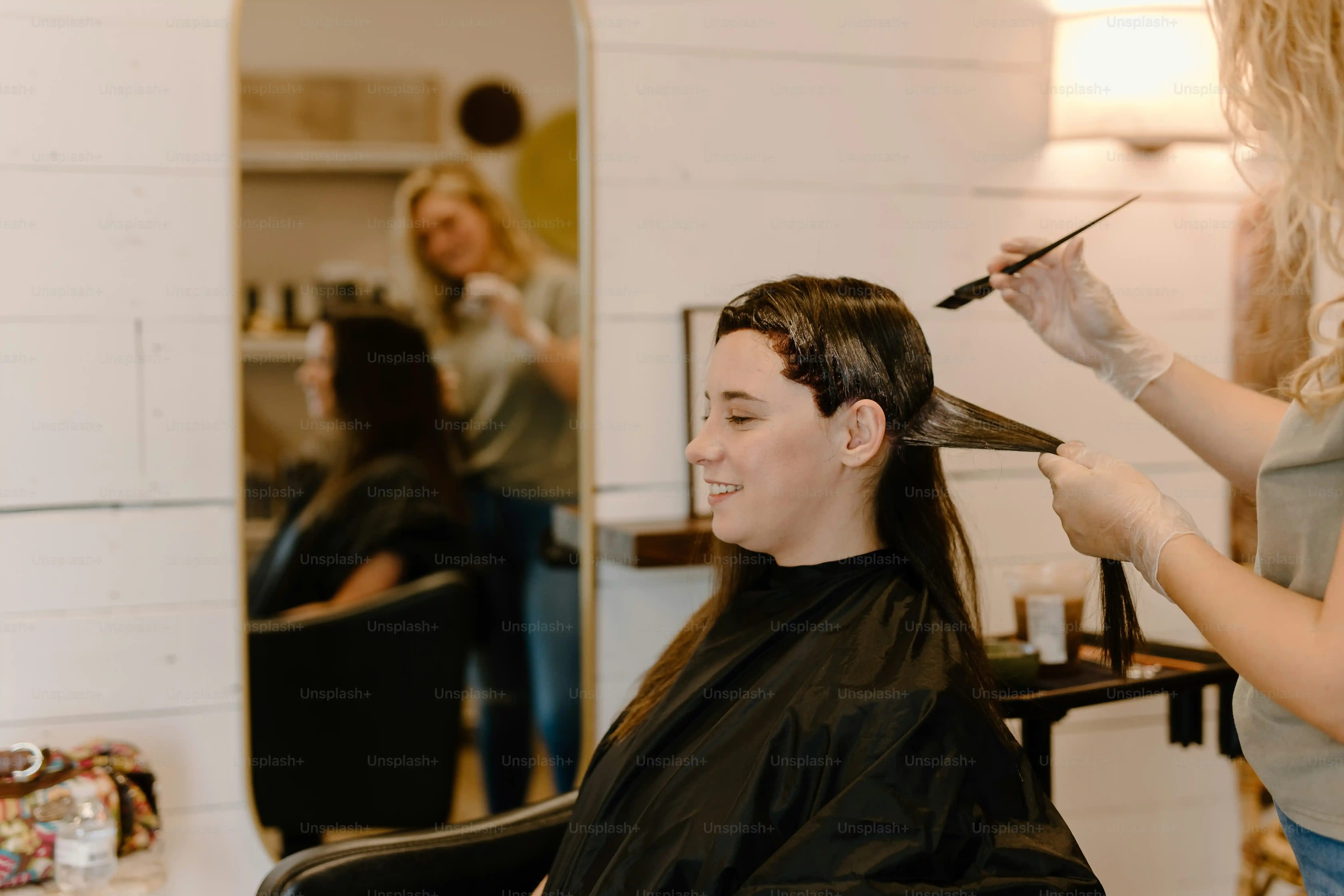Table of Contents
Some haircuts just stick. They become more than just a style; they become a statement, a cultural moment. Think about the power held in a sharp, jaw-grazing line. It’s a look that says something without saying anything at all. When we talk about truly iconic bobs, two names often surface across different eras: Louise Brooks and Winona Ryder. One defined the look in the Jazz Age, a symbol of rebellion and modernity. The other brought it back with a grunge edge in the 90s, cool and effortlessly chic. There’s a fascinating thread connecting the original flapper siren and the quintessential indie darling. This article dives into that connection, exploring the legacy of the Louise Brooks bob and how it echoed decades later in the memorable winona ryder bob hair cut louise brooks comparison. We’ll look at what made Brooks’ cut so revolutionary, trace Ryder’s most famous takes on the style, and see why this simple, yet potent, haircut continues to capture imaginations and define cool across generations.
Louise Brooks: Setting the Standard for the Iconic Bob

Louise Brooks: Setting the Standard for the Iconic Bob
Let's talk about the OG. Before anyone else made a blunt cut feel like a revolution, there was Louise Brooks. Picture the Roaring Twenties, a time when long hair piled high was still the norm. Then came Brooks, with that severe, jet-black bob that just screamed 'modern.' It wasn't just a haircut; it was a statement against convention, a visual shorthand for the independent, spirited flapper. She wore it with razor-sharp bangs that hit right at the eyebrow, framing eyes that held a certain knowing mischief. This wasn't some soft, feathered style; it was graphic, bold, and utterly defiant. Her look in films like "Pandora's Box" cemented the bob as *the* haircut of the era, synonymous with liberation and a new kind of feminine power.
What made Brooks' bob so powerful?
- It broke drastically from traditional long hairstyles.
- It symbolized the changing role of women in the 1920s.
- Its geometric precision felt incredibly modern and artistic.
- It was instantly recognizable and widely imitated.
- It gave her an unforgettable screen presence.
Winona Ryder's Most Memorable Bob Hair Cut Moments
fast forward a few decades. The bob had its moments, sure, but it wasn't *the* defining cut for a while. Then the late 80s and 90s hit, and along came Winona Ryder. She wasn't trying to be a flapper, obviously, but she channeled that same effortless cool, that same slightly subversive vibe, often with a bob. Think Lydia Deetz in Beetlejuice – that messy, slightly uneven dark bob was perfect for her quirky, goth-adjacent character. It wasn't polished; it was real, maybe even a little awkward, which made it instantly relatable and cool for a whole new generation. Then there was Veronica Sawyer in Heathers, sporting a slightly more styled, but still distinct, bob that screamed intelligent rebellion. She made the bob feel accessible and cool again, not like a relic of the past, but something current, something you could actually picture yourself wearing.
What were some signature elements of Winona's bob era?
- Often dark, bordering on black, hair color.
- Slightly messy or undone texture.
- Paired with minimal makeup or a bold lip.
- Appeared in roles that defined 90s indie cool.
- Felt less structured than the classic Brooks bob.
Tracing the Line: How Louise Brooks Influenced the Winona Ryder Bob Hair Cut

Tracing the Line: How Louise Brooks Influenced the Winona Ryder Bob Hair Cut
More Than Just a Haircut, It's an Attitude
so Winona Ryder wasn't exactly sitting down with a photo of Louise Brooks in the salon chair and saying, "Make me look like that." The connection isn't that literal, obviously. Brooks' influence is more about the *feeling* of the bob. Brooks made the bob synonymous with a certain kind of woman: independent, smart, slightly outside the mainstream. She wasn't the girl next door; she was the one you couldn't quite figure out, the one who seemed to know something you didn't. That same elusive, cool-girl vibe is exactly what Winona Ryder perfected in the 90s. Her bob, especially the slightly messier, less perfect versions she wore, wasn't about conforming. It was about owning your look, even if it wasn't polished. It carried that same spirit of quiet rebellion that Brooks embodied decades earlier.
Echoes of Defiance Across Eras
The specific cuts were different, no doubt. Brooks' bob was a sharp, architectural marvel for its time. Ryder's often felt more lived-in, maybe even a little accidental. But the core idea persisted: a short, simple haircut that felt deliberate and strong on a woman. Both women used the bob to project an image of self-possession that went against the prevailing trends of their respective eras. Brooks cut off her hair when long locks were the standard of beauty. Ryder rocked a simple, dark bob when big, teased hair or long, flowy grunge waves were everywhere. The winona ryder bob hair cut louise brooks connection lies in this shared DNA of using a seemingly simple style to make a powerful, non-conformist statement. It's about the attitude the hair enables, not just the shape of the cut itself.
What shared traits did the Brooks and Ryder bobs convey?
- Independence
- Non-conformity
- Intellectual Cool
- Effortless Style
- A touch of mystery
The Bob's Timeless Power: Why It Works for Everyone from Screen Legends to You

The Bob's Timeless Power: Why It Works for Everyone from Screen Legends to You
Why the Bob Endures: Structure and Versatility
so we've seen how the bob was a revolutionary act for Louise Brooks and a cool-girl staple for Winona Ryder. But why does it keep coming back? Why isn't it just a historical footnote? The magic of the bob lies in its fundamental structure. It's typically cut somewhere between the ear and the collarbone. This length is incredibly flattering on a huge range of face shapes and hair textures. It frames the face, highlights the jawline, and can add volume to fine hair or control to thick hair. It’s a haircut that feels intentional without being fussy. You can wear it sleek and polished, or messy and textured. It works with bangs, without bangs, parted in the middle, or on the side. That inherent adaptability is key. It’s not a one-size-fits-all mold, but a versatile canvas.
Think about it: how many other haircuts have maintained relevance for a century while being constantly reinvented? Not many. The bob offers a sweet spot between short and long, giving you manageability without sacrificing styling options. It’s practical enough for everyday life but chic enough for the red carpet. It’s a haircut that commands attention because of its clean lines and confident shape, not because it’s overly complicated or trendy. It possesses a certain architectural integrity that just works.
Making the Bob Your Own: Attitude is Everything
Just like Brooks and Ryder weren't carbon copies of each other, the modern bob is all about personal expression. The beauty of this cut today is how many variations exist. You've got the sharp, blunt bob that echoes Brooks' precision, the shaggy bob with layers for texture, the asymmetrical bob for a bit of edge, or the French bob with its slightly shorter length and effortless vibe. The key isn't finding the "perfect" bob, but finding the bob that fits *you* and your lifestyle. It's about taking that classic structure and injecting your own personality into it. Do you want it sleek and sharp? Or messy and cool? Your styling choices, your clothes, your overall attitude – that's what truly makes the bob yours.
Remember, the power of the bob, from Louise Brooks to the winona ryder bob hair cut louise brooks comparisons we see online today, has always been tied to the woman wearing it. It’s a haircut that empowers you to project confidence and individuality. It’s not a look you hide behind; it’s a look you own. So, if you’re considering the chop, think about what you want your hair to say about you. The bob is ready to help you say it loud and clear.
Considering a bob? Here are some popular variations:
- Blunt Bob: Sharp, clean lines, often jaw-length.
- French Bob: Shorter, often chin-length, with or without soft bangs.
- Shaggy Bob: Layered for texture and movement, often with curtain bangs.
- Asymmetrical Bob: Shorter on one side than the other.
- Graduated Bob: Stacked layers in the back, longer towards the front.
The Bob Endures: More Than Just Hair
So, there you have it. From the silent film era's defiant swing to the 90s alt-scene's effortless cool, the bob haircut, exemplified by Louise Brooks and later echoed in the winona ryder bob hair cut, proves its staying power. It's not just about lopping off length; it's about a clean line that frames the face, suggests confidence, and frankly, looks pretty damn good. While trends come and go – remember mullets? – the bob keeps finding new ways to feel fresh. It’s a style that doesn't need fuss or frills to make a statement. It just works, decade after decade, icon after icon.